Table of Contents
- WeightWatchers (WW) is a popular weight loss program designed to help users track food intake and build healthy habits. While the program has its benefits, unlike many competitors, WW lacks nutrition education and doesn’t result in sustainable weight change.
- WW has three weight loss plans starting at $23 per month plus a $20 starter fee. There is also a plan with weight loss medications for those who qualify, which costs $99 per month with a $49 consultation fee.
- With its custom points system, branded foods, recipes, and community, WW is designed to support people looking for a healthy way to lose weight.
Maintaining a healthy weight is essential for both physical and emotional wellness. Studies link obesity to a number of other health conditions, like cardiovascular disease, diabetes, depression, and substance abuse. But knowing this doesn’t make keeping your weight in a healthy range an easy goal to reach.
Changing your diet, exercise routine, and lifestyle to support positive weight change is a journey that takes sustained commitment, and joining a weight loss program can help you along the way. Our Handbook Team tested WeightWatchers, one of the country’s most popular weight loss programs, to provide you with firsthand insights so you can decide if it’s the right choice for you.
HelpGuide Handbook for WeightWatchers (WW) weight loss platform
If you only need to know five things about the WW weight loss platform, this is what you need to know.
About WeightWatchers (WW): Does it work?
WW, also known as WeightWatchers, has been in the business of helping people lose weight for 60 years. Tracking food intake and establishing healthy habits is the primary focus of WW, and it has helped people lose weight—as long as they stay in the program.
Research shows that logging food intake and having a support system to help you stay on track are both key factors in weight loss. WW does well in these areas with its points system and community-building activities to sustain motivation and encourage mindful eating. But it falls short in educating its members on nutrition and how to continue healthy eating habits once they leave the program.
WW is well-known worldwide, and it’s not hard to find studies supporting the company’s success in helping people lose weight. However, many of these studies are funded by WW and authored by researchers who are also WW employees, shareholders, and/or advisory board members, making it difficult to know just how objective the findings are.
The WW website claims that you can expect to lose 1–2 pounds per week by following the program, a rate that’s in line with recommendations from the United States Department of Agriculture.
However, data from studies on the website that demonstrate its success reveal much slower weight loss rates. For instance, one large study followed nearly 15,000 people enrolled in WW for seven months. Only half of the participants lost weight while in the program, and those who did achieved an average weight loss of just 0.2–0.4 pounds per week.
A second study revealed similar results of 0.3 pounds lost per week over six months. And a 2022 study that serves as the basis for the company’s advertisement that “WW members lose 2x more weight than doing it on their own” showed an underwhelming weight loss rate of 0.2 pounds per week over 12 months.
Based on these studies, we would expect a realistic weight loss goal of around 0.5 pounds per week rather than the 1–2 pounds advertised.
According to Jillian Allen, a registered and licensed dietitian and full-time research dietitian for the U.S. Army’s Military Nutrition Division, this can actually be a positive. “A slower weight loss is also a safer approach to changing body composition, and no single diet can be prescribed to all people with obesity or recommended as the best fit-for-all diet without strict individualization.”
Finally, the WW site has a page titled: “16 Simple Weight Loss Tips From People Who’ve Lost More Than 100 Pounds.” But pay attention to the disclaimer stating, “Members lost weight on a prior program and are continuing on WeightWatchers.”
Despite claims on the WW website, we just haven’t seen widespread evidence that WW is indeed a sustainable weight loss option, especially when compared to other weight loss plans. We found in reviewing WW studies there’s a lack of follow-up with people who are no longer members. We’d like to see how long people keep the weight off after they cancel their membership. That said, the simplicity of the points system and the program’s focus on coaching and being part of a positive community may be what some people need to help them get started on their weight loss journey.
Legal filings
In 2022, the Federal Trade Commission (FTC) filed an action against WW for illegally marketing to children as young as eight and collecting personal information without their parents’ consent. The FTC ordered WW to pay a $1.5 million fine and delete the information they had collected.
Our testing experience




Our Handbook Team members spent two weeks subscribed to a WW program. During that time, we did the following:
- Became familiar with the website and app.
- Learned how to track food intake with points.
- In addition to food intake, tracked activity, sleep, and weight.
- Ordered WW brand food from the company and tasted eight different products.
- Cooked WW recipes.
- Attended coaching meetings, a KickStart session, and two workshops.
- Contacted customer support with questions.
From our tester
“One thing I noted in the meetings were people who joined multiple times. There’s a pattern of people joining and losing weight, falling back into old patterns, re-gaining weight, and coming back full circle.”
Learn more about our healthy living review methodology.
How does WeightWatchers work?
The WW program supports members in reaching their weight loss goals with various tools. Let’s walk through them all to see if this program is a good fit for you.
WeightWatchers Points
Upon signing up for the program, we were asked to complete a short quiz to enable WW to assign us a daily points budget. Questions asked for information about age, gender, height, current weight, and weight goal.
This is not enough information to create a meal plan for an individual. Many factors are left out, such as activity level, access to food, etc. Aside from the points not being accurate, the overall calorie RX is likely inaccurate as well.
Jillian Allen, a registered and licensed dietitian and full-time research dietitian for the U.S. Army’s Military Nutrition Division
The points system is a simplified way to track food intake. Rather than counting calories or carbs, you simply enter a food and portion size into the app, giving you a corresponding points value. The drawback of this simplicity is that it lacks accuracy.
For example, 2 cups of unsweetened Silk coconut milk and 1/4 cup of walnuts both equal six points, but the nutritional content of these two foods is very different, as you can see below.
| Food | Points | Calories | Fat (g) | Sat fat (g) | Carbs (g) | Fiber (g) | Protein (g) |
|---|---|---|---|---|---|---|---|
| 2 cup of Silk coconut milk, unsweetened | 6 | 90 | 9 | 8 | 1 | 0 | 0 |
| ¼ cup walnuts | 6 | 196 | 19.6 | 1.8 | 4.1 | 2 | 4.6 |
I found the point system to be a convenient and beginner-friendly way to track food intake, although it lacks accuracy compared to other calorie-counting methods. For example, with my recipes like vegan chickpea salad, the caloric intake varies based on ingredients, and sometimes the points were not an exact reflection. I’d recommend it as an easy introductory system for those unfamiliar with nutrition and fitness.
Madhuram Prabhakar, former WW member
No food is off-limits: You can eat anything as long as you stay within your daily points budget. You also get a certain number of weekly points to use whenever you want. So if you go to a birthday party, for instance, and eat a piece of cake that puts you five points over your daily budget, you can use five of your weekly points. It’s a nice way of learning that it’s what you eat over time, not every single day, that matters.
ZeroPoints foods
Over 200 foods are ZeroPoints foods, which means they don’t take up any of your daily points and don’t need to be tracked. Non-starchy vegetables, certain fruits, dairy products like fat-free yogurt and cottage cheese, poultry, fish and shellfish, tofu and tempeh, eggs, and legumes like beans, peas, and lentils are all ZeroPoint foods. According to WW, you can eat as many of those foods as you want and still lose weight.

Do WW points work?
The trouble we have with the points system is two-fold. First, as mentioned above, there isn’t a clear link between the points for each food and their nutritional value. This leads to a disconnect between food choices and weight loss.
From our tester
“I don’t like the lack of connection among calories, nutrition, and points. I suppose the premise is to simplify food tracking, but educating people about WHY the foods they eat affect their weight is important.”
We asked Barbara Kovalenko, a nutritionist in the San Francisco Bay area, for her opinion on WW. “On the positive side, it offers a structured program that can provide clarity for individuals managing their diet, and the emphasis on community support aligns with the importance of motivation and accountability. But the program may not place sufficient emphasis on the consumption of whole, minimally processed foods, a key aspect often prioritized by dieticians for overall health.” We also think the program doesn’t place enough emphasis on creating a healthy relationship with food. In contrast, programs like the Mayo Clinic diet shift the focus to eating high-quality, nutrient-dense food, allowing users to incorporate healthy eating into their routine easily and sustainably.
We searched the WW site and listened to a virtual coach in a KickStart session explain the points system to see whether we could figure out if healthier foods were actually worth fewer points and vice versa. But the points formula is a highly kept secret. From studying nutrition labels on the WW foods we tested, we can confidently say that one point equals 30–40 calories, although that varies based on factors like protein, sugar, fiber, and fat content.
The company’s website claims that “lower points = more nutritious,” but we found that isn’t always true.
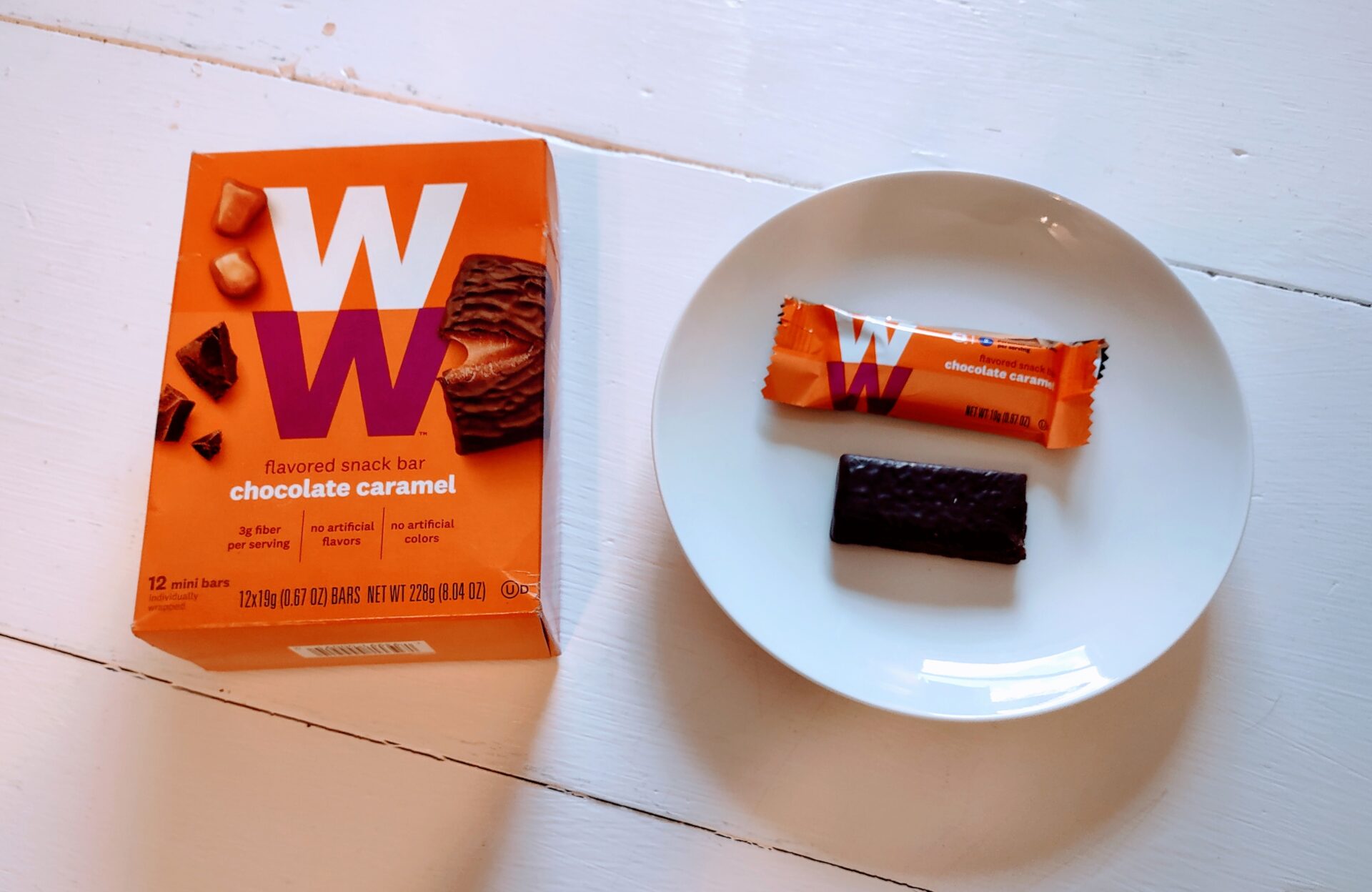
Case in point: WW brand Chocolate Caramel Mini Bars tally up to only two points per bar. The first ingredient? Sugar. Second ingredient? More sugar. These small candy bars also contain gums and other fillers that are decidedly unhealthy. But in a world where only points matter, I could theoretically eat 11 of these bars in one day, rounding my meals out with ZeroPoints foods, and still clock in under my total points budget for the day.
That leads to our second concern with this system. Some of the ZeroPoints foods are misleading because people may not understand what they’re eating and how it may affect their weight.
To illustrate, I tracked a day’s food that looked like this:
- Breakfast: Two eggs and 3 cups of nonfat yogurt.
- Lunch: Five bananas and one apple.
- Dinner: 6-ounce chicken breast and 4 cups of corn.
This total day’s intake adds up to roughly 2,000 calories. The number of points? Zero. But most adults won’t lose weight on 2,000 calories a day unless they are very active. So you could potentially stay under your points every day and not see weight loss, depending on the type and amount of ZeroPoints foods you’re eating.
Our top-rated weight loss programs
Best Overall: Noom
“Noom is our top pick for the best overall weight loss program because it focuses on mental health and long-term weight loss maintenance. We also liked the compassionate, understanding tone used in their programming.”
Best for Beginners: Mayo Clinic Diet
“We found the Mayo Clinic Diet to be an excellent balance of guidance from educational content, meal planning, and establishment of healthy habits, along with the flexibility to adjust your meal and exercise plan according to your preferences and goals.”
WeightWatchers app
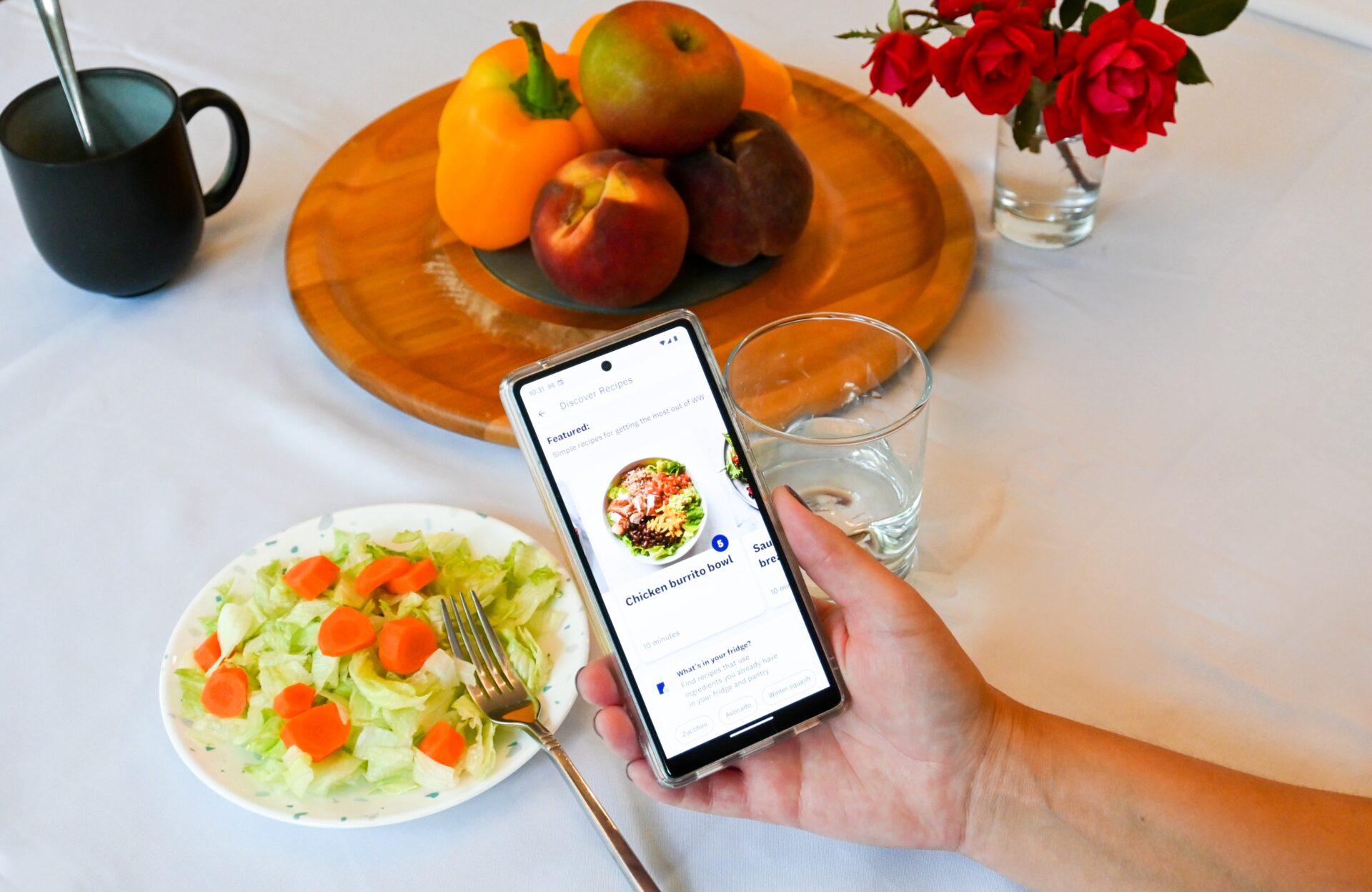
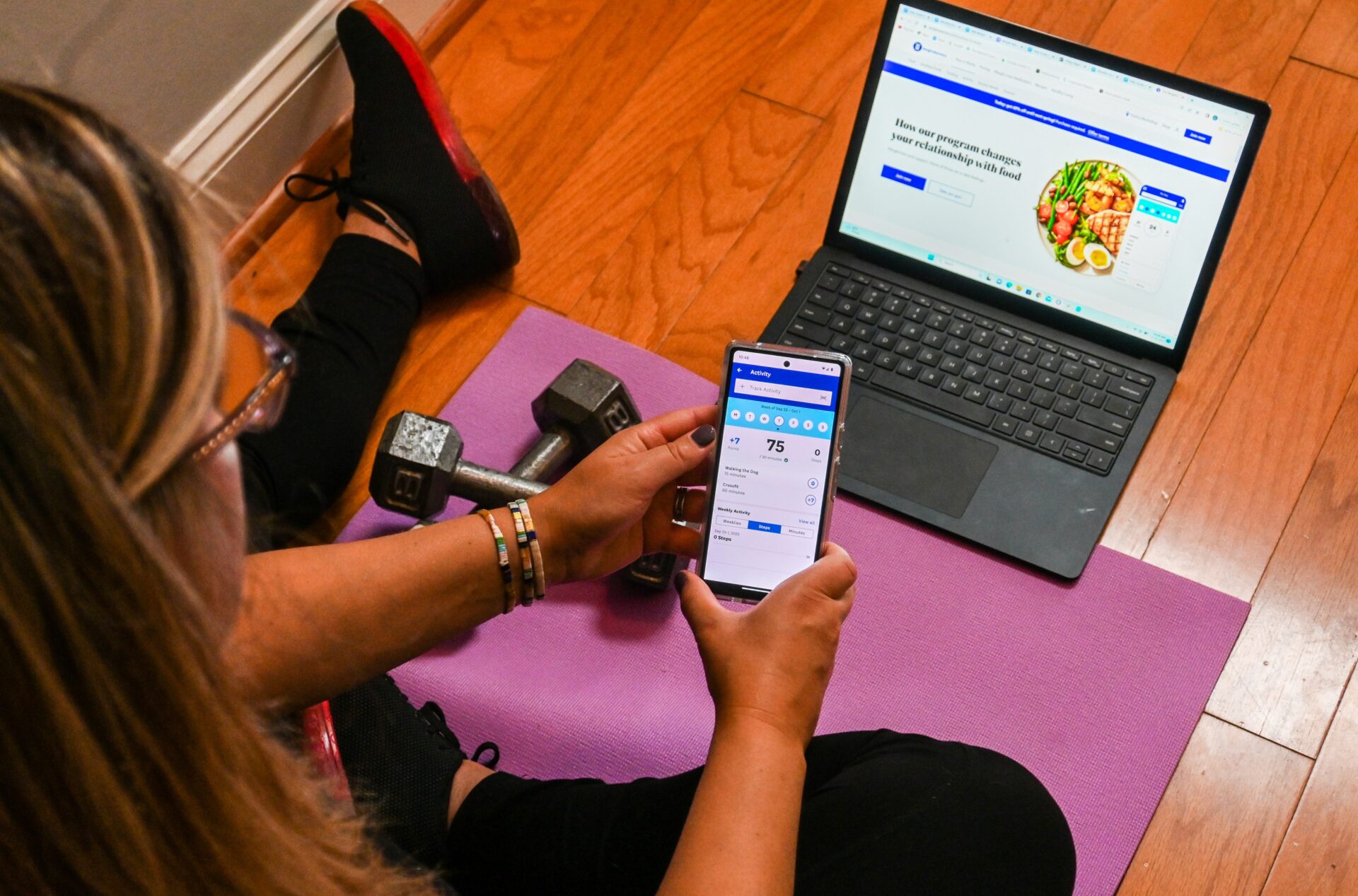
The WW app is free with a membership. It allows you to do all of the following:
- Track food intake using points.
- Track weight, activity, and sleep.
- Access a collection of more than 12,000 recipes.
- Use the Restaurant feature to find the point value of foods from your favorite places.
- Join online groups of WW members. Much like other forms of social media, you can post comments, read and react to others’ comments, and share photos.
- Listen to audio sessions and read articles about healthy eating habits and stress management, with meditations and music from Breethe.
- Find virtual and in-person workshops (available only for premium members).
- Shop for WW products, including cookbooks, meal planners, scales, and food.

WW customers and our team members have had varying degrees of success with the app. While some people find it easy to use, others don’t like the multiple steps involved in tracking food, activity, and sleep. One team member who also tested the Noom and Cronometer apps found the WW app time-consuming and bulky to use. It takes several steps to log each food, for example, and if you need to change the portion size, that’s another few steps.
We also didn’t like that the food database isn’t as extensive as many other food-tracking apps. And because points don’t correspond directly to calories or nutrition, it’s impossible to choose a similar brand or food product and know that you’re inputting the correct amount of points.
Coaching and community support
Premium members can access virtual and in-person workshops and weekly tips to help them achieve positive behavioral change. Remember that coaches aren’t dietitians, doctors, or other certified health professionals, but they have reached their goal weight and maintained it for six months. They have personal experience with weight loss but aren’t qualified to give medical or nutrition recommendations.
We joined online WW communities in the app and on Facebook, attended virtual workshops and meetings led by coaches, and signed up for a KickStart session (designed for people new to the program or members who haven’t tracked points in a while and want to get back on track). We noticed a positive, supportive atmosphere in every group and acceptance of everyone, regardless of where they were on their weight loss journey.
From our tester
“These meetings are very inspirational and do not veer into any sort of body shaming or fat-phobic talk.”
Workshop attendees shared they found support at the WW meetings that they didn’t always get at home, and they learned how to celebrate victories that weren’t necessarily reflected by a change on the scale. Keep in mind that in-person workshops do include a private weigh-in before the meeting starts, and this may produce anxiety in some people. Although evidence is inconclusive, one 2015 review of 20 studies found that frequent self-weighing can be associated with poor body image and adverse psychological outcomes.
One thing we noticed in the KickStart session was a minimal focus on nutrition. The leader said, “I’m not going to spend much time talking about healthy eating, because we all know what that is.” We found this concerning for a group of people new to a weight loss program, and it reinforced our misgivings about the lack of nutrition information provided for WW members.
That said, community support is one of the most positive aspects of WW, and it can be a powerful way to stay motivated and find accountability as you make significant changes to your eating habits.
WW brand foods

On the website, app, and at in-person workshops, you can purchase WW brand food and kitchen products. The company also advertises that its products are widely available in stores, but we checked a number of grocery stores in different states and couldn’t find any WW foods. We didn’t give up, though, and ordered eight WW products from the website. Our taste test revealed mixed reactions among team members.
Across the board, no one liked the Chocolate Caramel Mini Bars, Fudge Nut Brownie Bars, Better’N Peanut Butter, Nacho Tortilla Chips, or Nut Butter Bites. They all left an artificial, starchy aftertaste and were unpleasant in both flavor and texture.
From our tester
“The Fudge Nut Brownie Bar isn’t anything like fudge or a brownie. It just has an ‘off’ taste. And the Better’N Peanut Butter is definitely worse than peanut butter, with a glue-like consistency.”
But most of us did like the Peatos, Instant Oatmeal, and Iced Cinnamon Puffs. Aside from the Chocolate Caramel Mini Bars discussed above, the other foods were generally healthy regarding ingredients and nutritional content.
WW recipes
While we weren’t impressed with the food from WW, the recipes gave us a much better experience. One that we really liked and will make again was the Sheet Pan Veggie Frittata. The instructions were clear and the flavor was great, although it could have had more seasoning (which we added after cooking). Overall, we enjoyed it and learned a new way to make a frittata with less cleanup than the usual stovetop method.

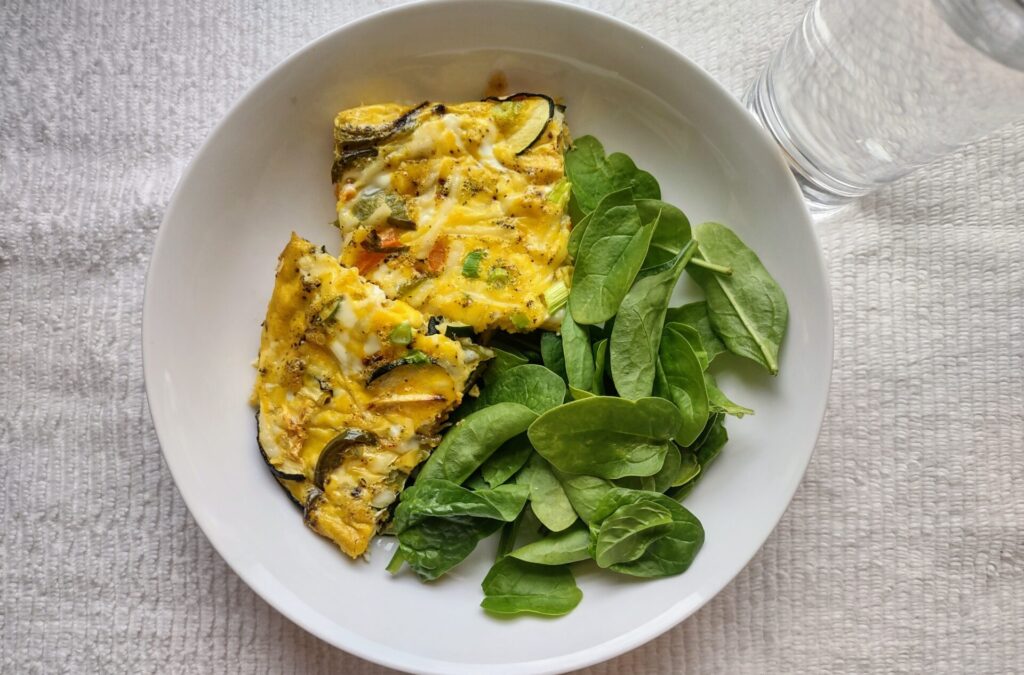
Cost of WeightWatchers
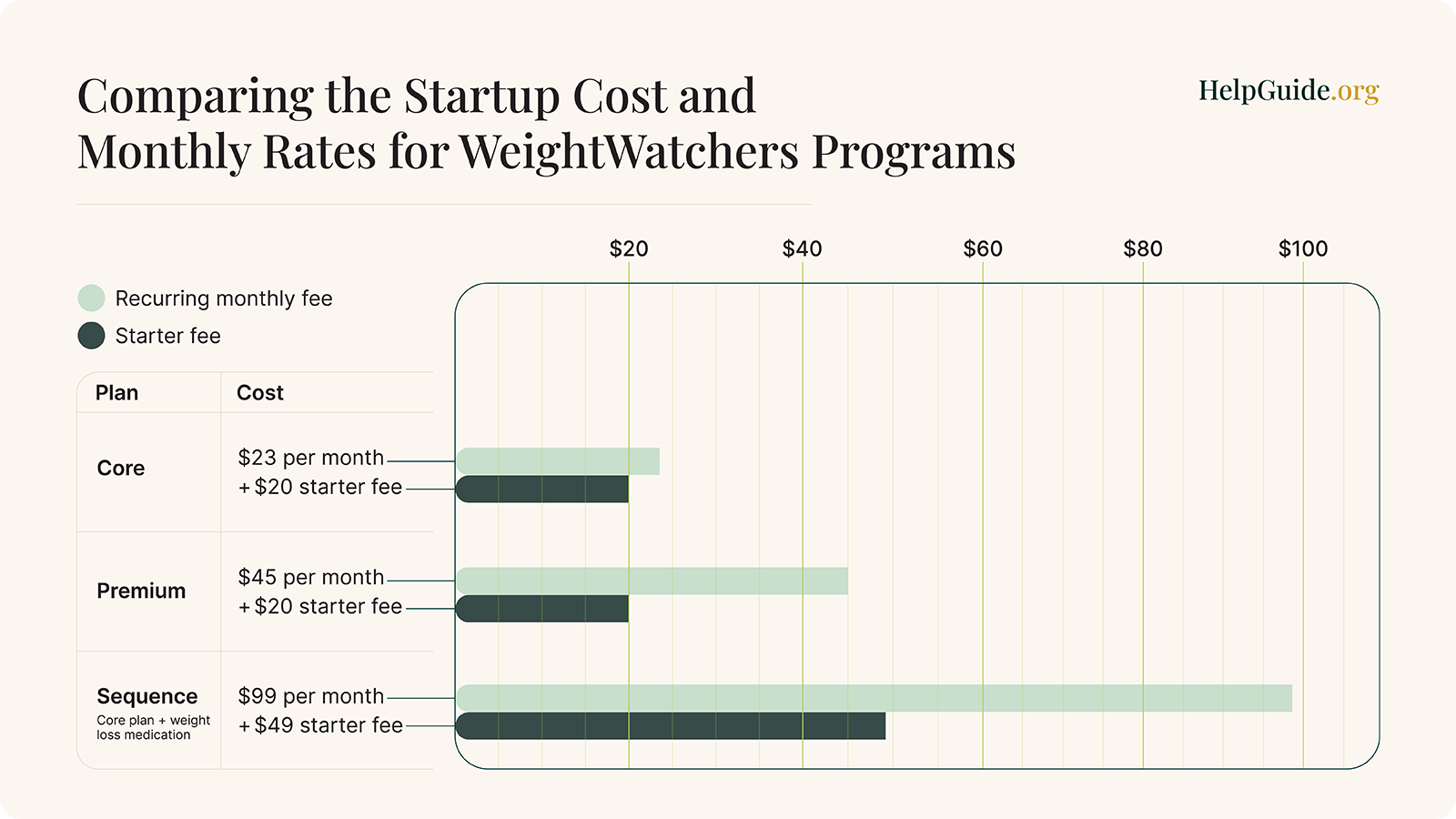
Core Plan
- $23 per month plus a $20 starter fee.
- Save money by paying up-front for a three- or 10-month plan.
- Personalized daily points limit.
- WW app with all the features listed above.
- Access to online WW groups with the app.
- 24/7 virtual coaching.
Premium Plan
- $45 per month plus a $20 starter fee.
- Save money by paying up-front for a three- or 10-month plan.
- All the features of the Core Plan, plus in-person and virtual workshops and weekly behavioral change techniques.
The cost of WW is affordable compared to other weight loss plans. Noom, for instance, costs $17–$70 per month, and others like Nutrisystem are much pricier at $300–$450 per month.
Core Plan + weight loss medication
For those who qualify through an online quiz, WW also offers the addition of GLP-1 agonist weight loss medications to the Core Plan via a telehealth company called Sequence, which WW acquired in April 2023. The cost includes a $49 consultation fee, followed by a membership fee of $99 per month. According to the Sequence website, this plan “includes follow-up appointments, access to a dietitian, fitness coaching, our companion app, weight loss lessons, an insurance advocate, and more.”
We answered the quiz in such a way as to qualify for the medication plan, which triggered a weekly email advertising Sequence and asking us to join the program. Some people may not appreciate the added pressure to take medication from this type of marketing. Losing weight can be a stressful journey without additional stressors. “They may also not be a good candidate for taking medication, in which case this kind of advertising could potentially be harmful,” adds Allen.
We’re also concerned that the risks and side effects of GLP-1 agonists, which include Ozempic and Trulicity, aren’t listed on the website. These drugs appear to lower hunger cues by slowing the movement of food from the stomach to the small intestine. But they can cause serious side effects, so you should discuss them with your health care provider before considering whether medication is a good choice for you.
For people with diabetes, there is also a Diabetes-Tailored Plan that allows you to track blood glucose. This plan also has a different set of ZeroPoint foods to help your blood sugar stay even.
Key features of WeightWatchers
Here are some of the more positive features of WW.
Pros and cons of WeightWatchers
As with most weight loss programs, there are pros and cons, and WW may or may not be the right fit for you. Here are the high and low points from our testing process.
What we like
- Personalized Points system: Points, which roughly correspond to the calorie level you need to achieve slow weight loss, are tailored to each person’s needs and weight loss goals.
- Coaching and community: Helps improve motivation and encourages positivity.
- Recipes, barcode scanner, and restaurant database: Makes it easier to fit the WW program into your lifestyle and provides inspiration for cooking at home.
What we don’t like
- Limitations of the points system: As noted above, points don’t necessarily encourage healthy eating habits, and they oversimplify food choices by hiding the nutritional factors of foods that may affect weight loss or gain.
- WW app: It’s clunky and time-consuming compared to other food-tracking apps we’ve tried, such as My Fitness Pal, Noom, Cronometer, and Joggo.
- The push for positivity: While we’re all for focusing on the good, we noticed in both the workshop and KickStart session a tendency to gloss over people’s struggles and get back to happy topics. Leaders would even cut off members while speaking to turn the conversation back to something positive. We worried about how those people felt not having their concerns heard and listened to.
Can you lose weight on WW?
It’s possible to lose weight slowly on WW, as long as you keep tracking points and stay in the program. But if all you know about weight loss and healthy eating has come from WW, it will be hard to lose weight outside of the program because there’s no way to know exactly how points correspond to calories or other nutrition parameters.
Weight Watchers alternatives
The Handbook Team reviewed several weight loss programs in an effort to determine the most effective and sustainable options.
If you’re looking for a weight loss program other than Weight Watchers, consider the following options:
Noom: Offering positive, informative daily lessons, easy weight, calorie, and activity tracking, and personalized health coaching, Noom delivers on all of our main requirements for a weight loss program. We found the program achievable, comprehensive, and sustainable.
Mayo Clinic Diet: For those who are quickly turned off by calorie counting but still seeking a nutrition-focused weight loss program, The Mayo Clinic Diet simplifies meal tracking by setting guidelines such as filling half your plate with fruits and vegetables and eating more whole foods.
Joggo: While Joggo is mainly marketed towards aspiring runners and joggers, it supports users at any fitness level, providing customized exercises and weekly meal plans. Joggo prioritizes developing and maintaining good exercise and nutrition habits, giving users the tools necessary to develop a healthier lifestyle.
Nutrisystem: Sometimes it feels like there just aren’t enough hours in the day to shop for and prepare the food necessary to live a healthy lifestyle. Nutrisystem provides pre-portioned, pre-packaged foods to simplify the nutritional side of weight loss, so you can fit it into your busy lifestyle.
Our final verdict
We have significant reservations about recommending WW as a long-term weight loss solution. The program’s positive aspects are the motivational coaching, community support, and online health content.
But the company’s secret formula for calculating points and the encouragement to eat whatever you want, as long as you’re tracking your points, leave a glaring gap in the education that’s vital for long-term weight loss success and lasting health.
If you want to keep excess weight off for the rest of your life, it’s essential to learn what constitutes a healthy diet and why certain foods contribute to weight loss or gain, regardless of their calorie or points value. And that should be the “point” of a weight loss program—to empower you with information so you can go forth outside of the program and maintain a healthy weight on your own.
It’s concerning that the structure of WW encourages members to stay in the program to maintain their weight. We can’t recommend WW as a sustainable weight loss strategy, although it’s certainly helped many people lose weight in the short term.
Frequently asked questions
WeightWatchers can be a successful program for many people wanting to lose weight. The drawback is that you need to stay in the program to keep losing or maintain a healthy weight because it doesn’t go far in teaching members about nutrition, calories, or exercise, all of which are skills you need to keep the weight off on your own. We advise checking out other weight loss programs for more sustainable benefits.
As with any weight loss program, keeping the weight off is proportionate to your amount of motivation and commitment. Staying in WW, tracking points daily, and continuing with the workshops for ongoing accountability from other members and coaches will improve your success in maintaining weight loss.
Yes, the WW app has a restaurant database with thousands of menu items. You can use the database to track points of what you’ve ordered or use it to look up points and help you decide what to order.
The points system used in WeightWatchers doesn’t necessarily encourage healthy eating habits. Our testers believe the program oversimplifies food choices by hiding nutritional factors that can directly impact weight change. The WW app isn’t as intuitive as other food tracking apps, and the WW approach to positivity in both the workshop and KickStart sessions could invalidate people’s struggles with weight loss.
- Sarwer, D.B. & Polonsky, H.M. (2016). The psychosocial burden of obesity. Endocrinology and Metabolism Clinics of North America. 45(3), 677-688. Link
- Ross, K.M., Qiu, P., You, L., & Wing, R.R. (2019). Week-to-week predictors of weight loss and regain. Health Psychology. 38(12), 1150-1158. Link
- United States Department of Agriculture. Interested in losing weight? Link
- Agrawal, S., Wojtanowski, A. C., Tringali, L., Foster, G. D., & Finkelstein, E. A. (2021). Financial implications of New York City’s weight management initiative. PLOS ONE, 16(2). Link
- Cleveland Clinic. GLP-1 agonists. Link
- Tate, D.F., Quesnel, D., Lutes, L.D., Hatley, K.E., Nazami, B.T., Wojtanowski, A.C., et al. (2020). Examination of a partial dietary self-monitoring approach for behavioral weight management. Obesity Science and Practice. 6(4), 353-364. Link
- Tate, D., Lutes, L.D., Bryant, M., Truesdale, K.P., Hatley, K.E., & Griffiths, Z. (2022). Efficacy of a commercial weight management program compared with a do-it-yourself approach. JAMA Network Open. 5(8), e2226561. Link
- Pacanowski, C.R., Linde, J.A., & Neumark-Sztainer, D. (2015). Self-weighing: helpful or harmful for psychological well-being? A review of the literature. Current Obesity Reports. 4(1), 65-72. Link






